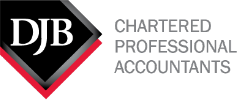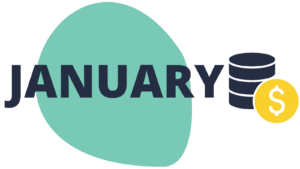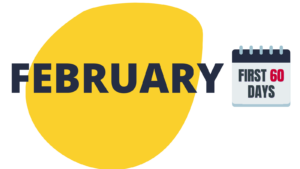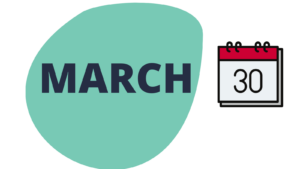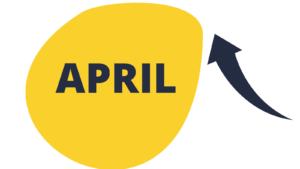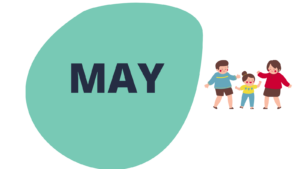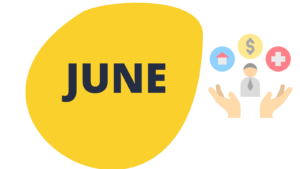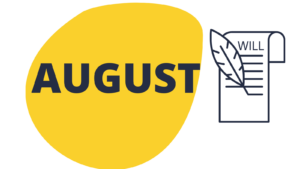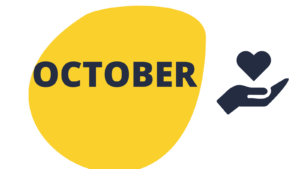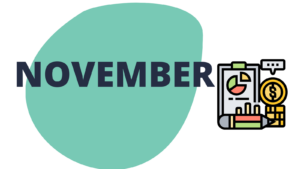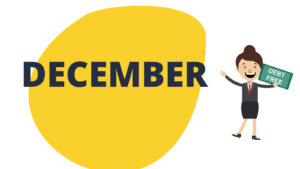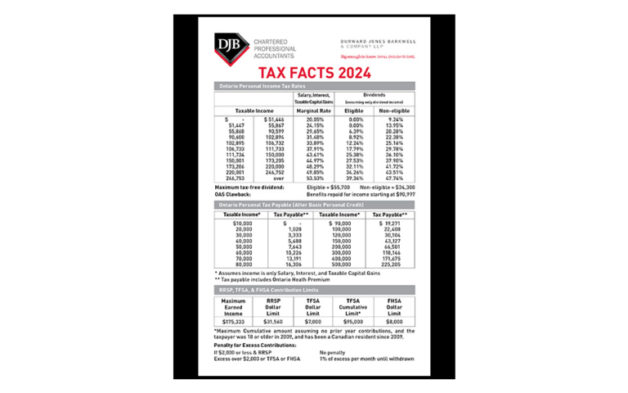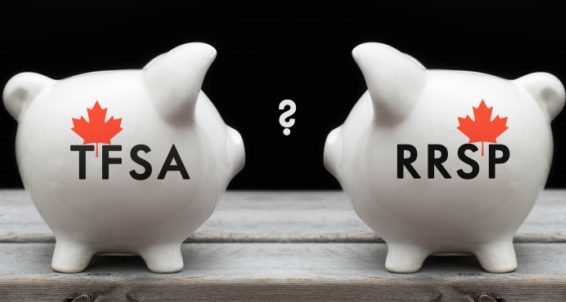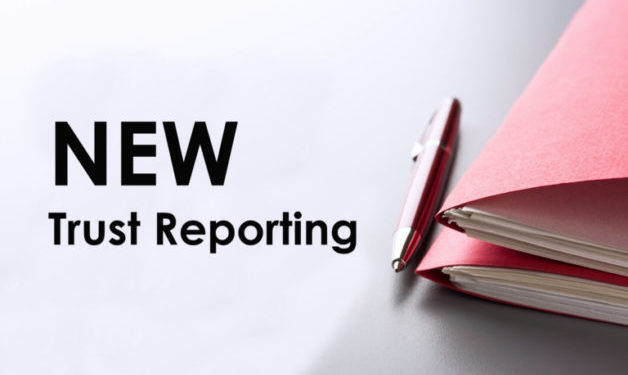Online Banking Payments
Make a payment to the CRA through online banking, the same way you pay your phone or hydro bill.
- Sign in to your financial institution’s online business banking service.
- Under “Add a payee,” look for an option such as:
- Federal – Corporation Tax Payments – TXINS
- Federal – GST/HST Payment – GST-P (GST-P)
- Federal Payroll Deductions – Regular/Quarterly – EMPTX – (PD7A)
- Federal Payroll Deductions – Threshold 1 – EMPTX – (PD7A)
- Federal Payroll Deductions – Threshold 2 – EMPTX – (PD7A)
- Federal – Canada emergency wage subsidy repayment
- Enter your 15 digit business number as your CRA account number.
You are responsible for any fees that may be charged by your financial institution.
Debit Card Payments Via ‘My Payment’
Make a payment with your Visa® Debit, Debit MasterCard®, or Interac® Online debit card.
My Payment is an electronic payment service offered by the CRA that uses Visa® Debit, Debit MasterCard® or Interac® Online for businesses to make payments directly to the CRA using their bank access cards. The CRA does not charge a fee for using the My Payment service. Credit Cards not accepted with this service.
To use My Payment you need a card with a Visa Debit logo, a Debit MasterCard logo, and/or an Interac Online logo from a participating Canadian financial institution.
If your bank access card has both a Visa Debit logo and an Interac logo, use the Visa Debit option to pay.
If your bank access card has both a Debit MasterCard logo and an Interac logo, use the Debit MasterCard option to pay.
Before you start ask your financial institution about your daily or weekly transaction limit and any fees for making online payments. The CRA does not charge a fee for using this service.
Pay Through a Canadian Financial Institution
To make a payment at your Canadian financial institution, you will need a personalized remittance voucher. Financial institutions will not accept photocopies of remittance vouchers or payment forms.
You can make a payment in foreign funds. The exchange rate you receive for converting the payment to Canadian dollars is determined by the financial institution handling your transaction on that day. You are responsible for any fees that are incurred.
Arrangements will need to be made with your financial institution if you are making a payment of more than $25 million.
Be sure to provide accurate information to help the CRA apply your payment to the intended account. A personalized remittance voucher will help CRA apply your payment properly. You can request personalized remittance vouchers online or by phone.
Mailing Your Payment
The government released legislation, effective January 1, 2024, that any tax payment or remittance made by a corporation to the CRA exceeding $10,000 must be done through electronic means.
If your tax payments exceed $10,000, you should no longer make these payments using a cheque.
It is highly encouraged to remit payments to the CRA electronically even if the amount is less than $10,000 as electronic payments are processed quicker. This will also significantly reduce the risk of lost or misapplied payments. Furthermore, it is usually far easier and faster for the CRA to trace a lost or misapplied electronic payment than a cheque mailed to the CRA.
If you still wish to send a cheque or money order, make it payable to the Receiver General for Canada and include your remittance voucher. Note: Payment is considered received on the date CRA receives the cheque, not the postmark date.
Mailing address:
Canada Revenue Agency
PO Box 3800 STN A
Sudbury ON P3A 0C3
Payment by Pre-Authorized Debit (PAD)
Set up a pre-authorized debit agreement and eliminate the need for postdated cheques.
Pre-authorized debit (PAD) is a secure, online, self-service payment option for individuals and businesses. This option lets you set the payment amount that you authorize the CRA to withdraw from your Canadian chequing account to pay your taxes on a date, or dates, of your choosing.
Due to the processes that must take place between the CRA and the financial institution, the taxpayer’s selected payment date must be at least 5-business days from the date their PAD agreement is created or managed.
See Federal holidays for a list of non-business days.
There is a ‘pay by pre-authorized debit’ option through GST/HST netfile available for an amount owing.
A PAD agreement can only be set up online, not over the phone.
Steps to create a pre-authorized debit agreement for businesses
To create a PAD you have to be registered for My Business Account. Click on ‘CRA register’ or ‘Continue to Sign-In Partner’ and complete the steps. Once completed, your official access code will be sent to you by mail. Once you enter the access code into My Business Account you will have full access, which allows you to view, create, modify, cancel, or skip a payment.
This option is not designed to be used frequently due to the limitations on payments and the fees involved.
Steps to create a pre-authorized debit agreement for individuals
To create a PAD, you must to be registered for My Account. Once signed in:
- Select the ‘Proceed to pay’ button and select the ‘Pay later’ option to create a PAD agreement.
- Access ‘Manage pre-authorized debit’ under the Related services within the Accounts and payments section to view, modify, cancel, or skip a payment.
- A PAD agreement can also be created within MyCRA, for an amount owing, by selecting the ‘Proceed to pay’ button and the ‘Pay later’ option. Your credentials are the same as in My Account.
Cash or Debit Card Payments
Make a payment with cash or debit in person at any Canada Post outlet.
You can pay your individual tax, benefits, and credits repayments, Part XIII – non-resident withholding tax, source deductions, T2 corporation tax, or GST/HST payments to the Canada Revenue Agency (CRA) in person with cash or debit card at any Canada Post outlet across Canada for a fee. To do so you will need a self-generated quick response (QR) code. This QR code will be personalized by you and will contain information that will allow the CRA to credit your account. Canada Post uses a third-party service provider to generate and process the QR code. To create your QR code, see the link below*.
*Generate your QR code here.
It is a simple two-step process. On the site, you will be asked to select the tax type you want to pay, your social insurance number or account number, your name, and the amount you want to pay. A service fee will be charged based on the amount of the payment and displays when creating the QR code.
When you have completed the required fields, press ‘Continue’ to select where you want your QR code to display. The choices are: Send to Email; Send to Mobile or Print at Home. You can choose any or all of these options. If you choose Send by Email, you will need to enter your email address. If you choose Send to Mobile, you will need to enter your 10-digit Mobile Number. If you choose to print at home, a print icon will display.
Be sure to bring your phone or printed QR code to any Canada Post outlet to make a payment. The clerk will scan your QR code and ask you how much you want to pay. The amount you initially entered is for your reference only and is not displayed to the clerk. The clerk does not see any CRA account information. The clerk will key in the amount you want to pay, add the service fee and accept payment by cash or debit card. The clerk will then give you a paper receipt with the amount paid and the reference number for your files.
Credit Card Payments via Third-Party Service Providers
You can make a payment with a credit card by using a third-party service provider.
The third-party service provider will send your business or individual payment and remittance details online to the CRA for you.
Ensure that you set up your payment well in advance of your payment’s due date as payment delivery is not immediate, and is determined by the third-party service provider that is used.
Note: Third-party service providers charge a fee for their services. Click here for a full list of third-party service providers.
Payments via Wire Transfer for Non-Residents
Non-residents who do not have a Canadian bank account can make payments to the CRA by wire transfer.
Wire transfers for submitting your non-resident GST/HST security deposit are not available at this time.
What you need to know
All wire transfers must be in Canadian dollars.
Your financial institution may have standard charges that apply to wire transfer payments. Make sure that your financial institution does not deduct the wire transfer fee from the total payment amount due as this will result in an underpayment.
Wire details
You will need the following information to transfer funds to the CRA’s account:
| Name of banking institution: | The Fédération des Caisses Desjardins du Québec 100 rue de Commandeurs Levis, Quebec Canada G6V 7N5 |
| SWIFT: | CCDQCAMM |
| Bank number: | 815 |
| Transit number: | 98000 |
| Beneficiary name: | Receiver General of Canada |
| Beneficiary account number: | MFI09708060815CAD3 (if space limitations, use at least: 815980000970806) |
| Beneficiary address: | 11 Laurier Street Gatineau, Quebec K1A 0S5 |
| Description field: | Authorization number: 122-25678-CRA |
| ABA code, if required: | 081598000 |
| Charges field: | “OUR” |
To avoid processing delays include the following information with your wire transfer:
For Businesses:
- non-resident account number or business number
- business name
- period end date
- fiscal year
- telephone number
- return/remittance
- Provide a copy of your tax remittance or GST/HST return/remittance by fax to the CRA:
- Attention: Revenue Processing Section
- Fax: 204-983-0924
- Provide the amount paid, the date paid and the confirmation number if available
Avoid late fees
You are responsible for making sure the CRA receives your payment by the payment due date. If you are using a third-party service provider, please ensure that you clearly understand the terms and conditions of the services that you are using.
